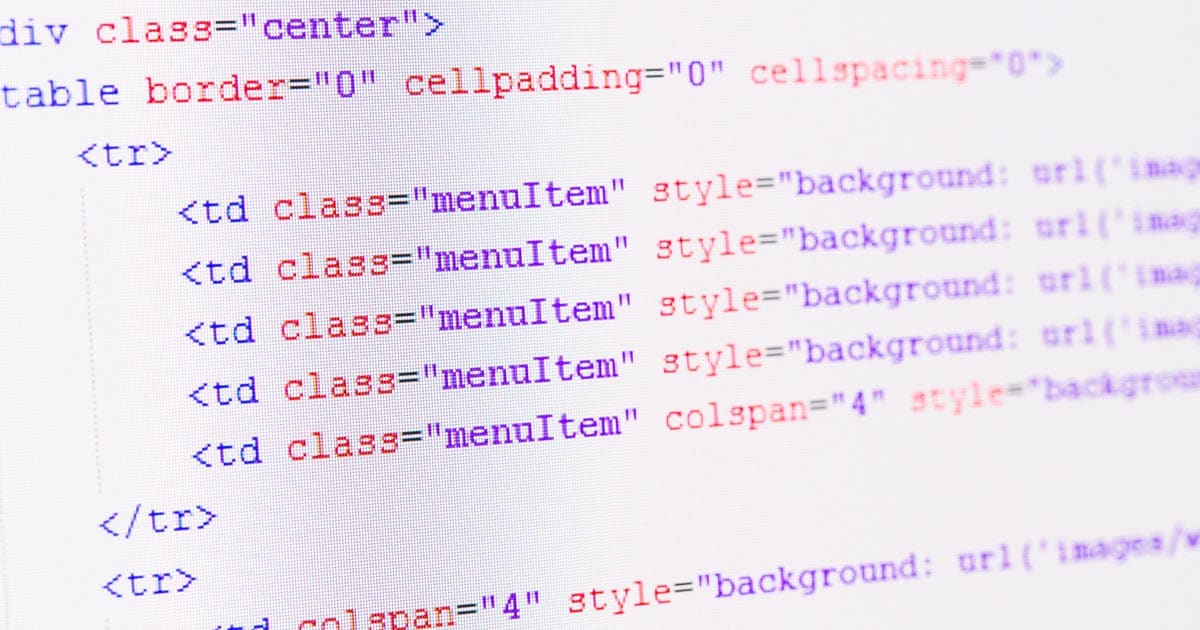Many users with visual impairments browse the Internet using a screen reader. This article will show you how to make your content accessible for blind and visually impaired users.
Introduction
It is essential to ensure that all users can access your web pages when designing or creating them. Because of the dynamic nature and visual appeal of the pages you make, it is essential that all users can access your website.
Many users who are blind or visually impaired can access web pages using screen readers. Screen readers scan through your web page’s HTML and respond to commands to navigate the page. They can also take actions like clicking on a link or entering data into an input field. This resource will give you an overview of some ways to improve accessibility and assist screen readers in understanding your web pages.
Alt text
Alt text is a way to make your pages more accessible to screen readers. Alt text, also known as alternative text, is added to the tag. This allows the screen reader to describe the image. The following example is what you might see when you encounter the below…
<span class=’wordai-block rewrite-block’ data-id=’8′>My first web page!</span>
The screen reader will be able to read the description of the image (“A Brown Bear”) to the user rather than simply stating that there is an image on the page. Make sure you provide concise alt description text for every image on your website!
Semantic tags
When we look at styling text on a website, there might be an overlap between these pairs of tags.
vs. vs.
You’ll probably find that the page’s appearance doesn’t change if you swap one tag for another. The tags bolden text and italicize texts. Accessibility is a fundamental distinction between the tags in a pair.
The elements and tags simply indicate how the text should look. Text within these tags should be bolded or italicized according to their respective styles.
However, the identifiers imply how text should be understood. Although they have the same visual appearance, they can affect how the screen reader interprets them. Text within these tags is read with a different voice to indicate which emphasis is being given. These tags are semantic tags.
Although and produce visually similar text to and, screen readers can still communicate text parts that have been highlighted visually to the user.
ARIA
ARIA is also known as WAI-ARIA. ARIA is a set of markup extensions that can be added HTML5 attributes to elements to provide screen readers with more information about them and aid visually impaired users in understanding what’s going on.

